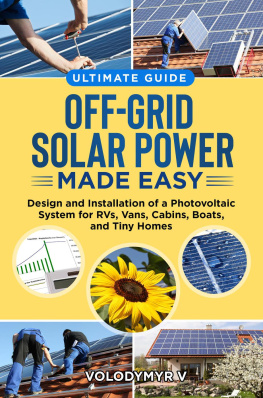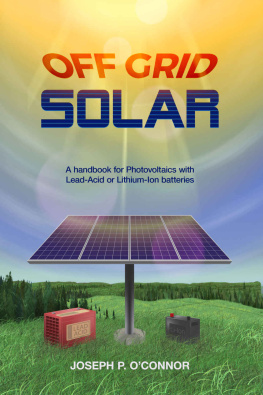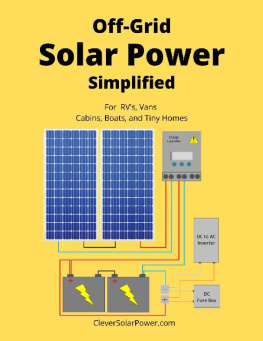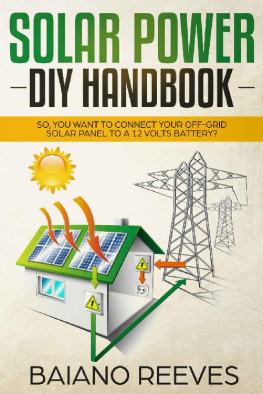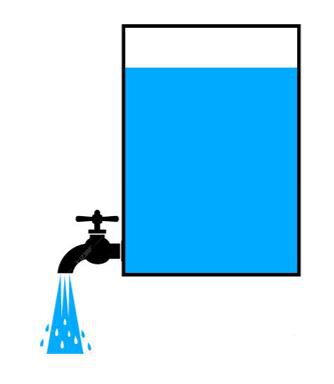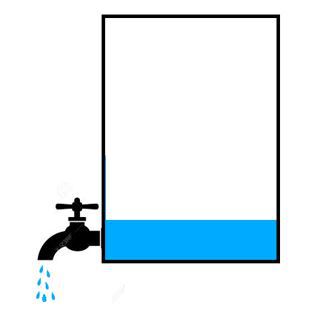Mobile Solar Power
Easy Guide for Powering RVs, Vans, Boats, Cabins and Off-grid Homes
Paul Holmes
Sitav Bhadra
Our current crisis of unsustainability is not an inevitable result of human nature but is culturally driven- a product of particular mental patterns that could conceivably be reshaped.
Our future will possibly see a coming struggle between two contrasting views of humanity: one driving to a technological endgame of artificially enhanced humans, the other enabling a sustainable future arising from our intrinsic connectedness with each other and the natural world.
This struggle is one in which each of us will play a role through the meaning we choose to forge from the lives we lead.
- Jeremy Lent
Dedicated to my family and friends for their unending love, support, and wisdom
Disclaimer
This book is intended for educational purposes, to introduce beginners and enthusiasts to solar power systems and provide knowledge for planning and installing their own solar power systems. It is imperative to maintain all safety standards, local regulations, permits, and electric code for design and installation. Solar power systems just like any electrical system can present several risks during or after installation- so, safety should be the absolute priority for yourself and others around. Improper use or handling of electrical components or tools may be injurious or even fatal. Therefore, make sure you take the time to fully understand all the aspects, safety practices, and complexities of a solar power system before thinking of installing your system. The authors have presented all the information to the best of their knowledge and experience but it is ultimately up to the readers to pragmatically put this into practice. So, the authors disclaim liability for any risks, losses, or damage in connection with the book. Any action that the readers may take upon the information contained in this book shall be entirely at the readers' own risk. Note that each location or site may present unique issues that are beyond the scope of the book- but needs to be addressed. If you have no prior experience or face doubts, we recommend you to consult with an expert or professional before performing design and installation work. The author, Sitav Bhadra, will also be available for consultation and design services (see About the Authors section).
Table of Contents
1 Introduction
We are truly in the midst of entering the Solar Age. With rapidly advancing technology followed by monumental drops in prices- solar photovoltaics (PV) have made their mark across the world over the last decade. In several countries, the price of solar power has dropped even below that of coal, oil, and gas. This means solar power should be favored above dirty fossil fuels not only for environmental reasons- but also because it is cheaper and more profitable to use solar power!
Solar power systems come in various shapes and sizes. Broadly speaking, there are two types of solar PV systems: on-grid and off-grid . On-grid solar systems work together with the grid. While off-grid systems work independently from the grid but include a battery to supply power at night.
This book focuses on two types of off-grid systems:
Mobile Solar Systems : Solar panels can be placed on your vehicles roof to power the electrical appliances inside. You could install these systems on a wide range of vehicles including cars, vans, recreational vehicles (RVs), and boats.
What are the benefits?
Significant savings! Since solar power is cheaper than gasoline and grid electricity, you could make long-term savings on energy costs.
Get power anywhere! All you need is some sunshine on your solar panels and youre good to go. You no longer have to keep running to a fuel station or charging point to get your power back.
Off-grid Solar Home Systems: These systems are ideal for homes and cabins which have no access to the grid. You will be able to power your holiday home in the woods, up on a mountain, or in any remote location. These systems are also the top choice for urban homeowners who wish to be independent of the grid.
What are the benefits?
Start living a self-sufficient life! By producing your own power , you no longer need to depend on the grid or fuel for your electricity needs.
Skip the generator! With solar power around, you dont need a loud and dirty generator running all the time. You also skip traveling long distances to buy generator fuel.
And of course savings ! Say goodbye to costly fuel and electricity bills.
This book will provide you with step by step instructions on how to build your own mobile solar or off-grid solar home system. You will learn about the design and installation processes, equipment, and tools needed. Supporting images and charts are presented at every step to make sure you have a smooth and hassle-free installation. The book requires no prior knowledge on solar- so even a complete beginner can enjoy learning and install their own solar system within a week!
2 Electricity Basics
Generating electricity is ultimately the point of having a solar PV system. But what really is electricity? If your answer is something along the lines of magic- youre not very far off! In fact, the first people to be called Electricians were 18th century street magicians and conjurers. They travelled around Europe mesmerizing crowds with their ingenious tricks that involved electricity.
So, before we dive into solar power, it would be useful to understand the basics of electricity. We will learn essential concepts like voltage, current, resistance and polarity. We will also learn about polarity and the types of electricity.
2.1 What is Electricity?
To understand electricity, lets imagine water flowing in a pipe. Now , just change one thing in the imagined picture- instead of water think of electric sparks flowing. Thats it! Just like water, tiny sparkly electrons flow through cables to power up your lights and fans. Thats electricity in a nutshell. Simple right?
Lets go through some important concepts to get a deeper understanding of electricity.
Voltage is simply the force that pushes the electricity around. In other words, it is the force that causes electrons to move from one point to another.
To picture voltage, lets think of a water container with a tap attached. As you can see in the illustrations, the higher the water level- the more water will be pushed out of the tap. And vice versa. Voltage is similar to the water level in the container- i.e. voltage pushes out electricity, and a higher voltage level pushes out more electricity.
Current is the amount of electricity (electrons) flowing through a material. Current flows through a conductor whenever there is a voltage present across two points of the conductor.
Lets again look at the water tank example. Electric current is similar to the amount of water flowing out of the tap. We can also infer that higher voltage leads to higher current.
Resistance is the opposition to the flow of electricity. To understand resistance, let us think of the tap attached to the water tank. When we open the tap fully, water splashes out in large amounts. However, when we start closing the tap slowly, there is more opposition to the flow. This results in less water flowing out. Thats how resistance works. A material with higher resistance will oppose the flow of electricity, and reduce the amount of electric current flowing through that material.



